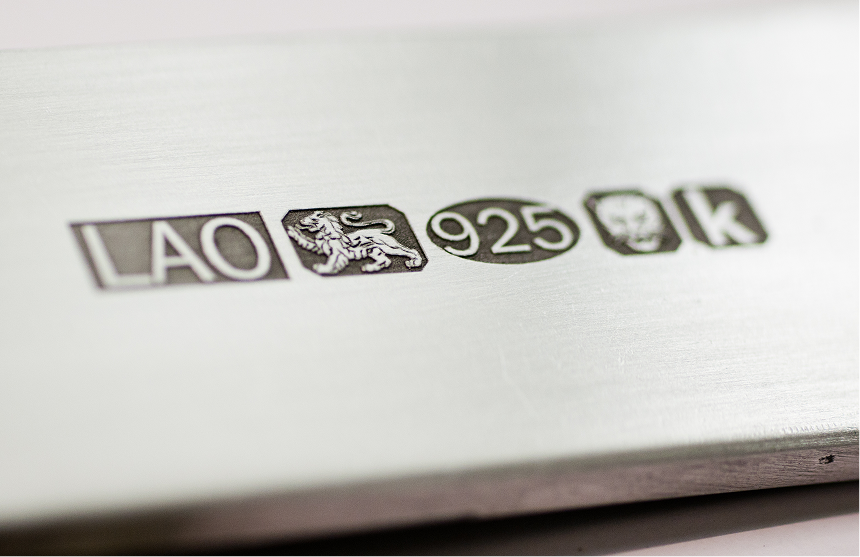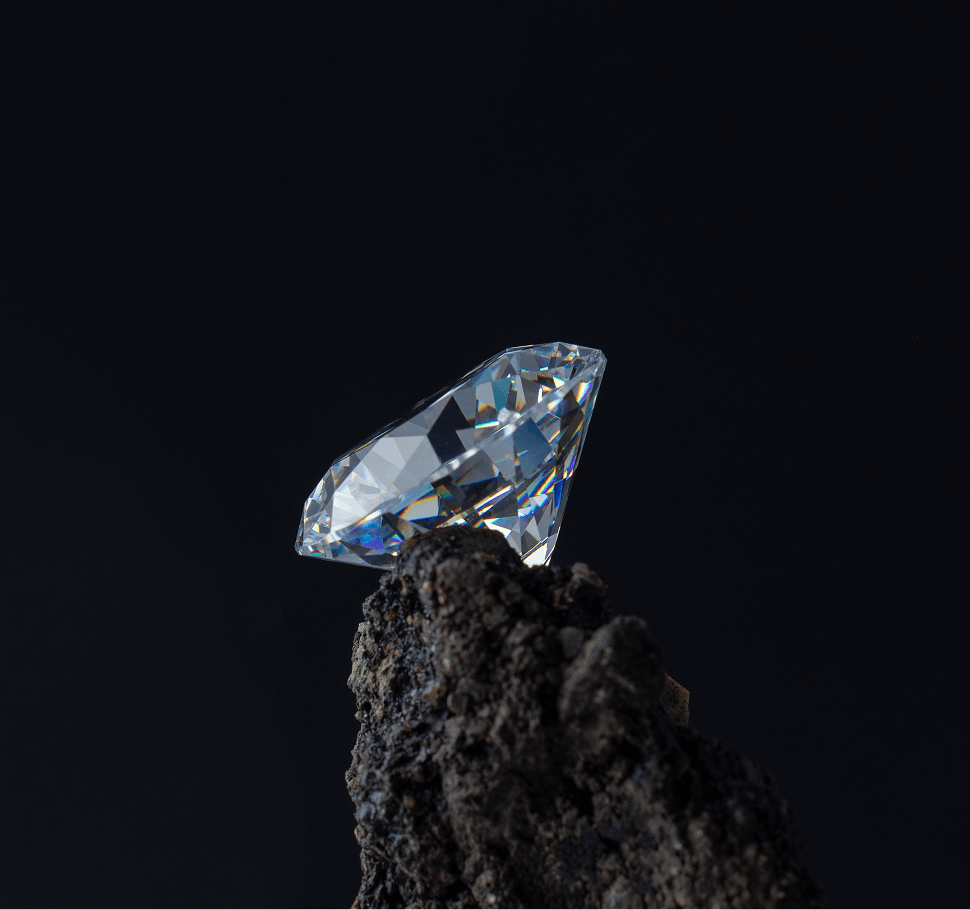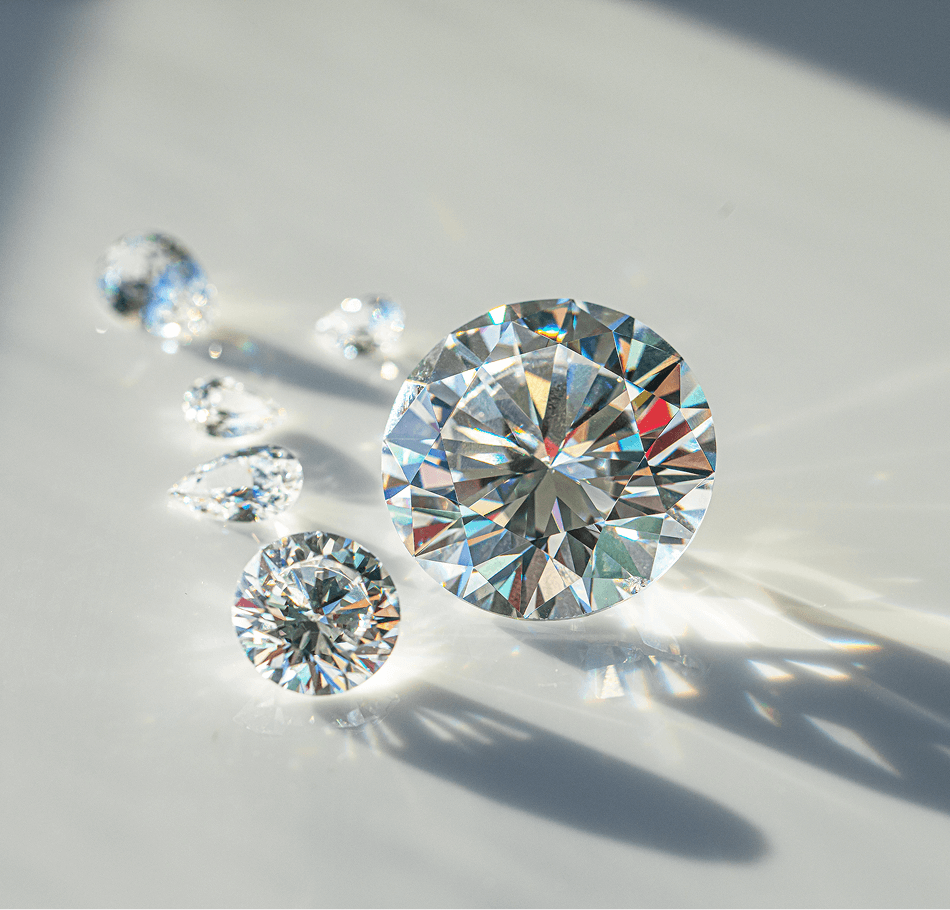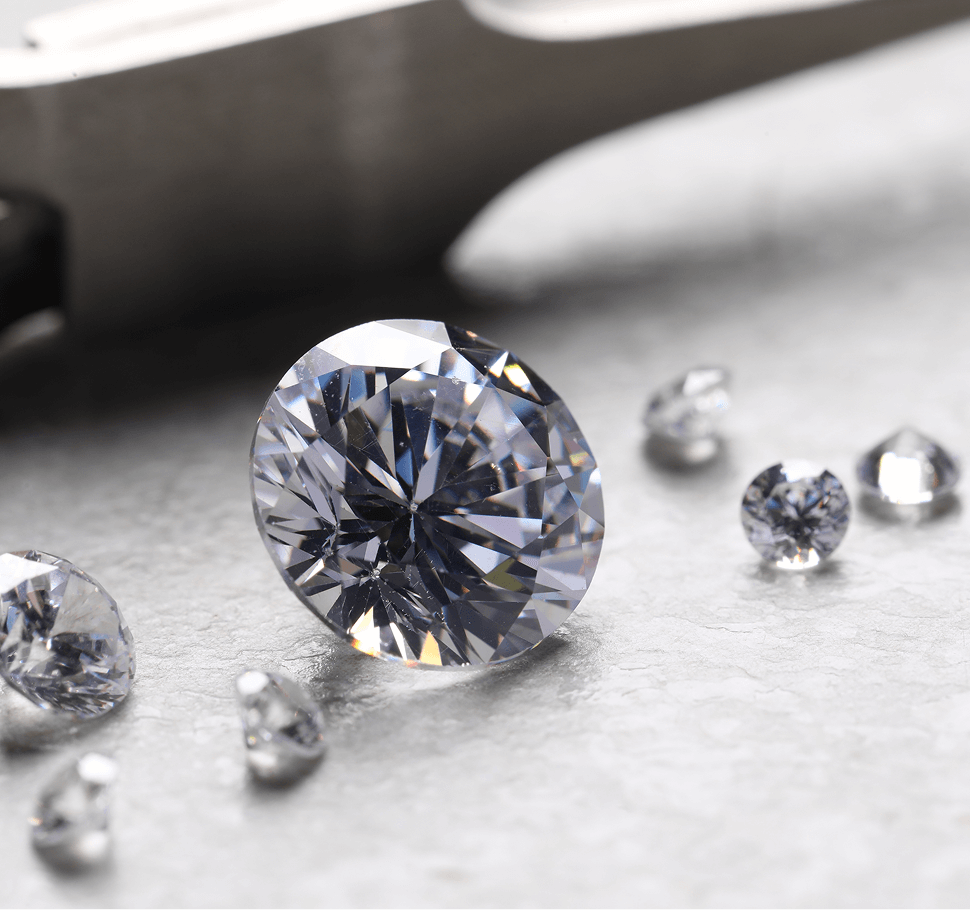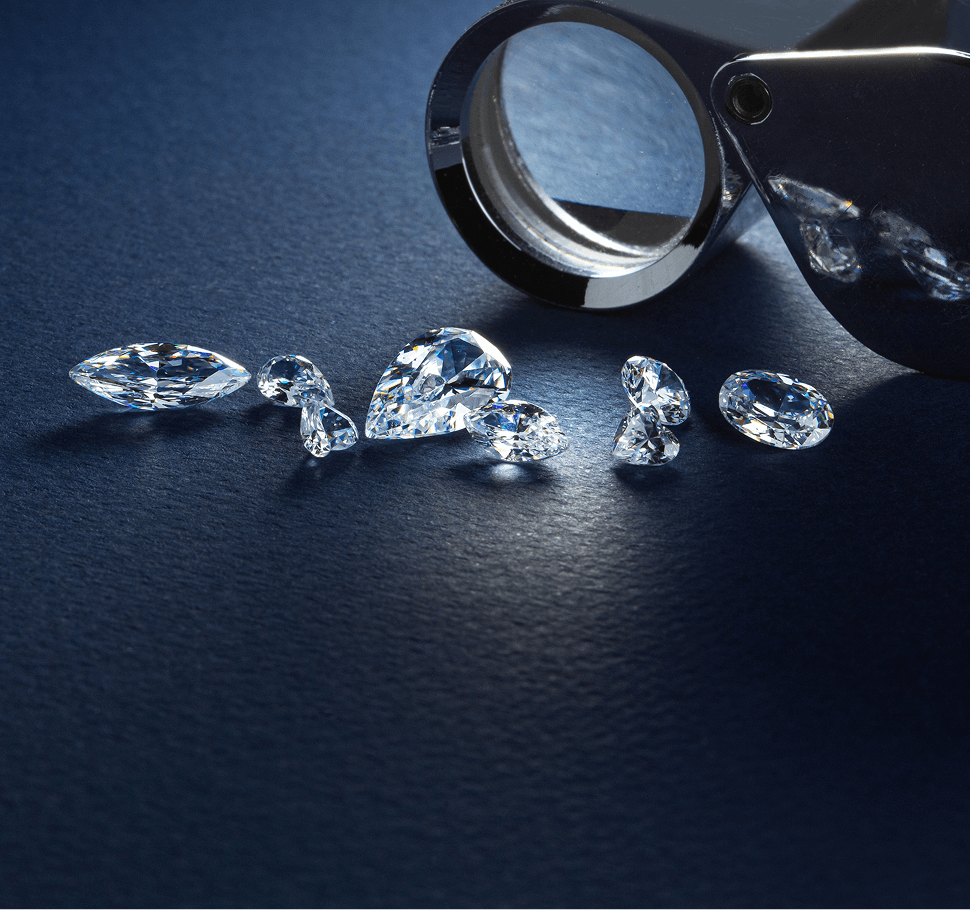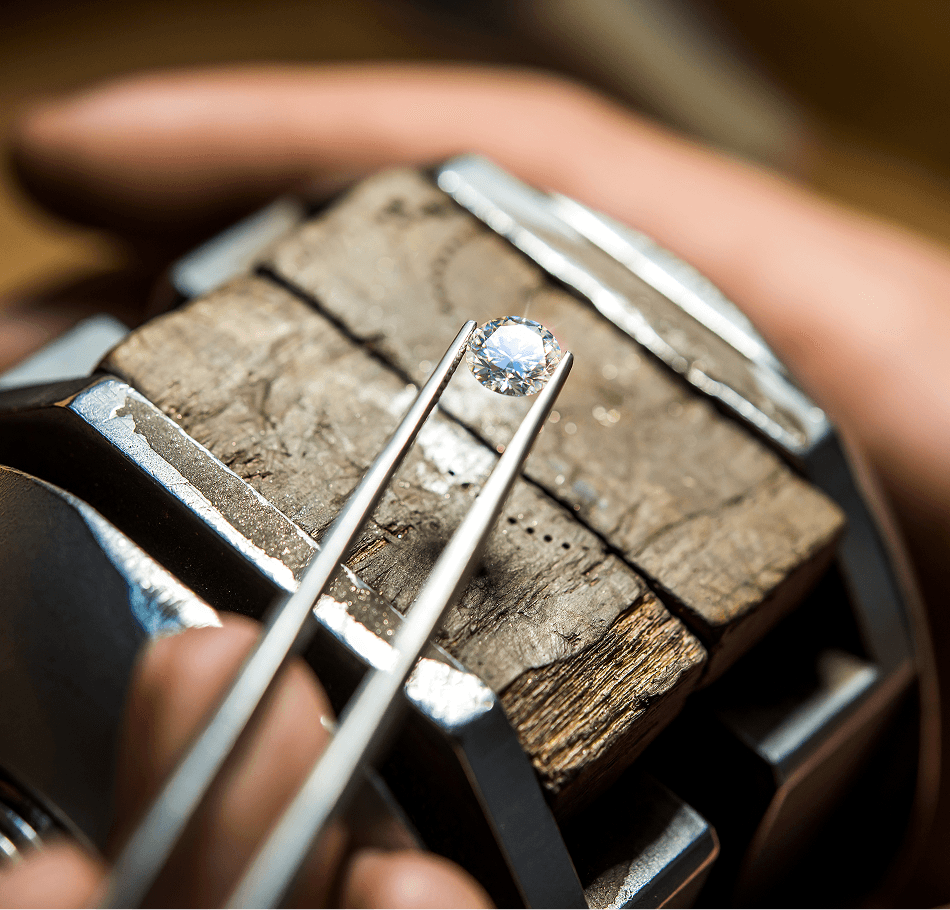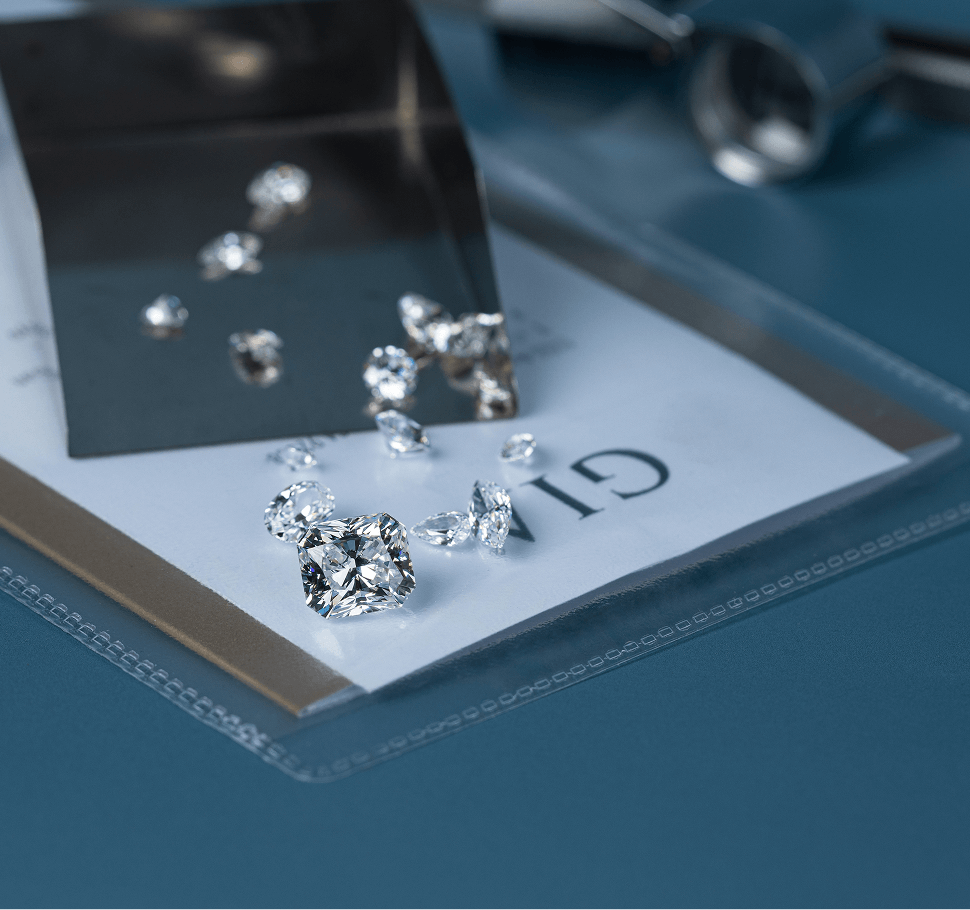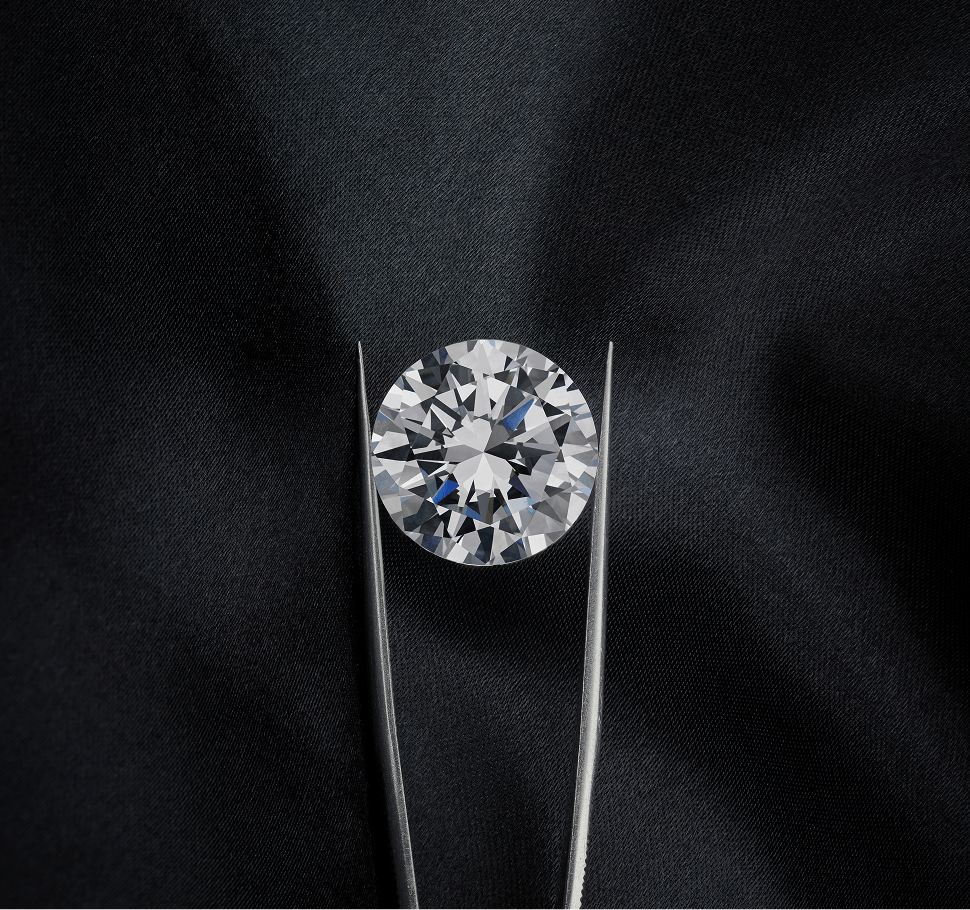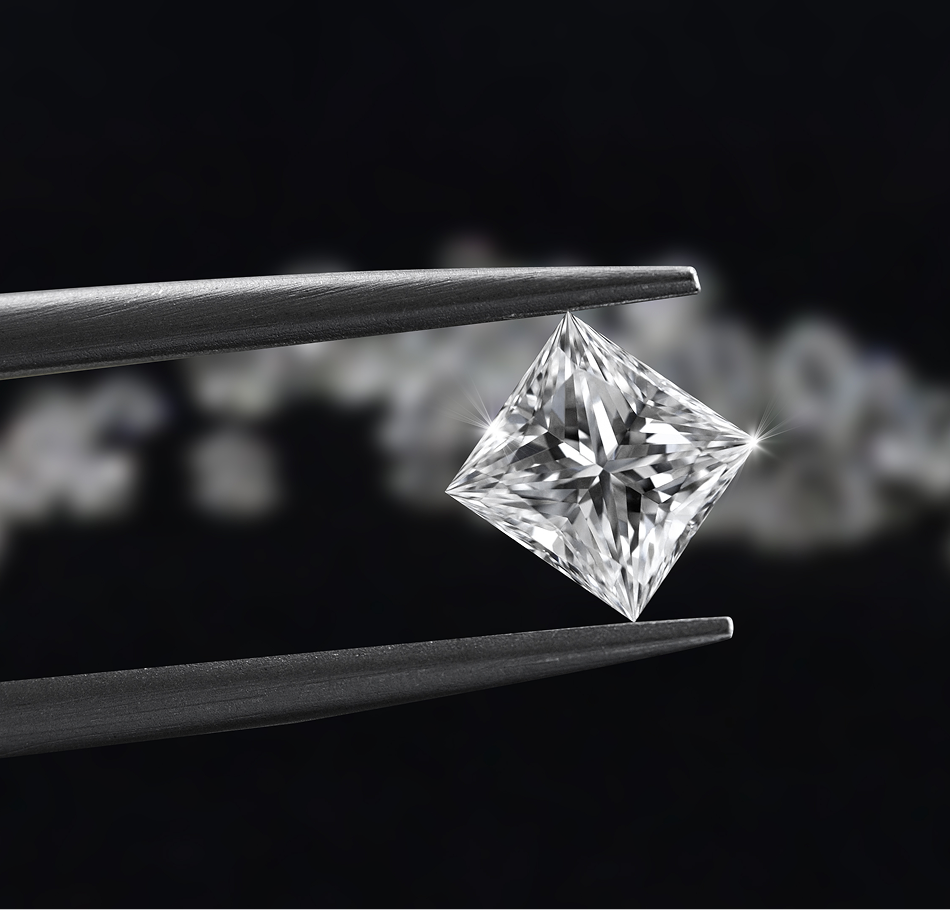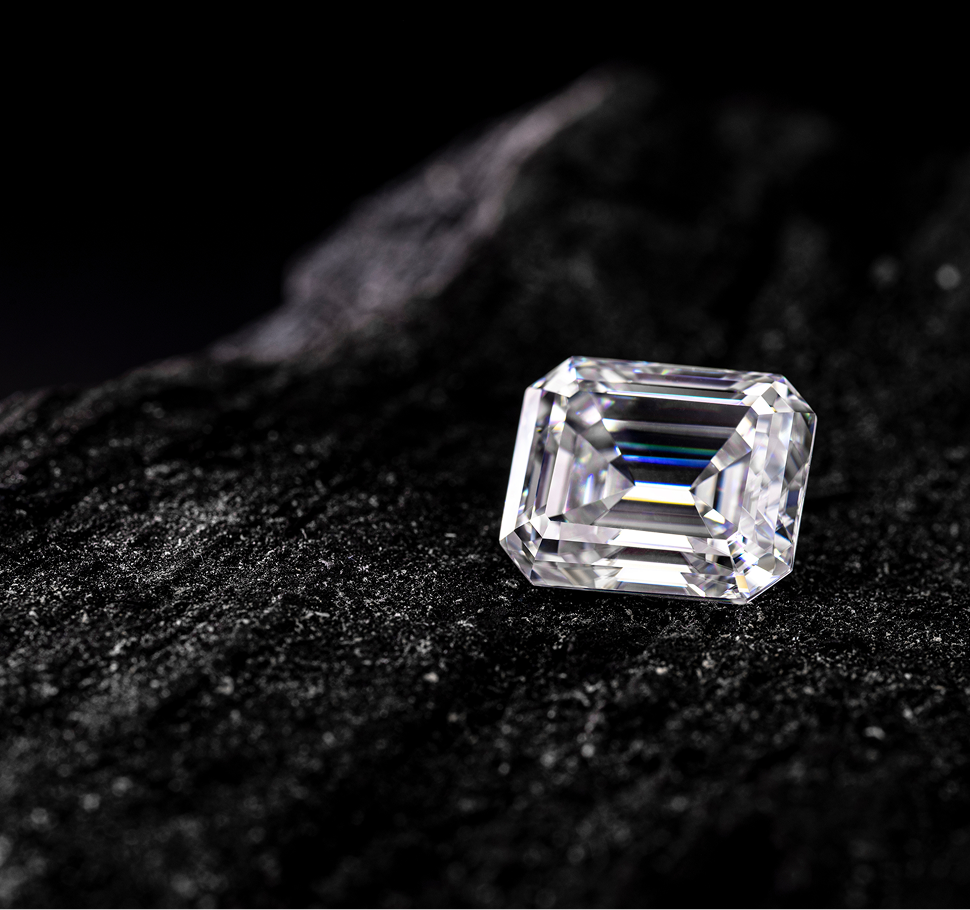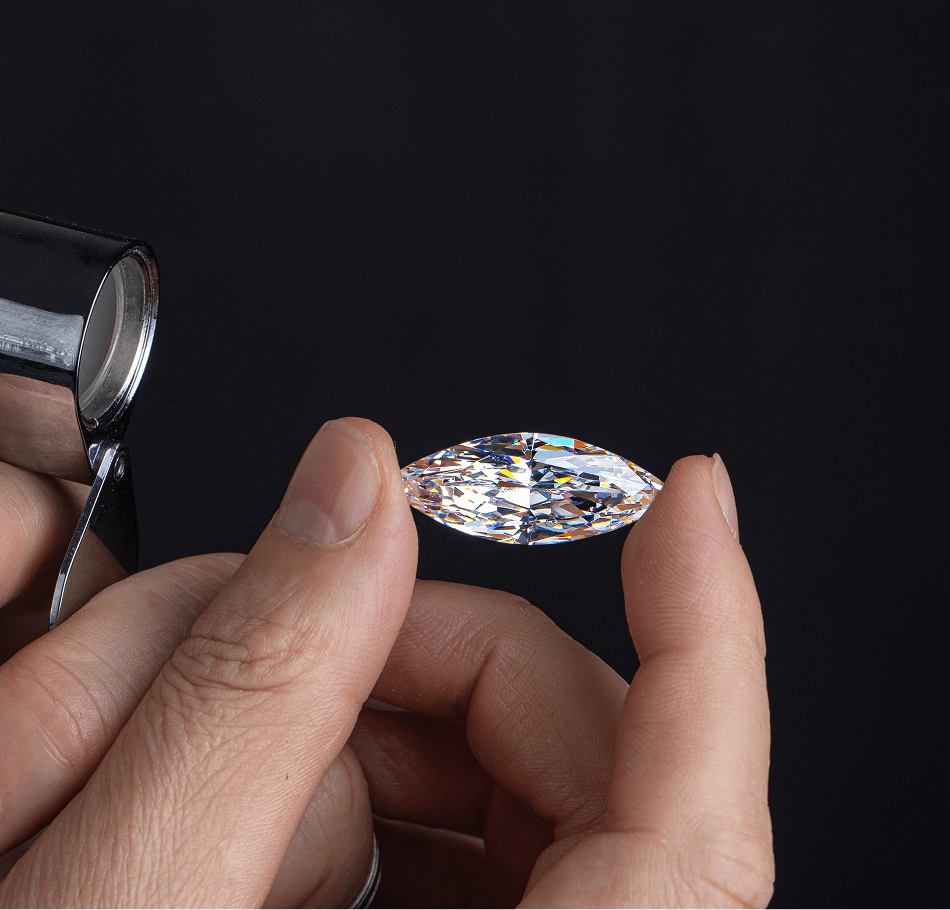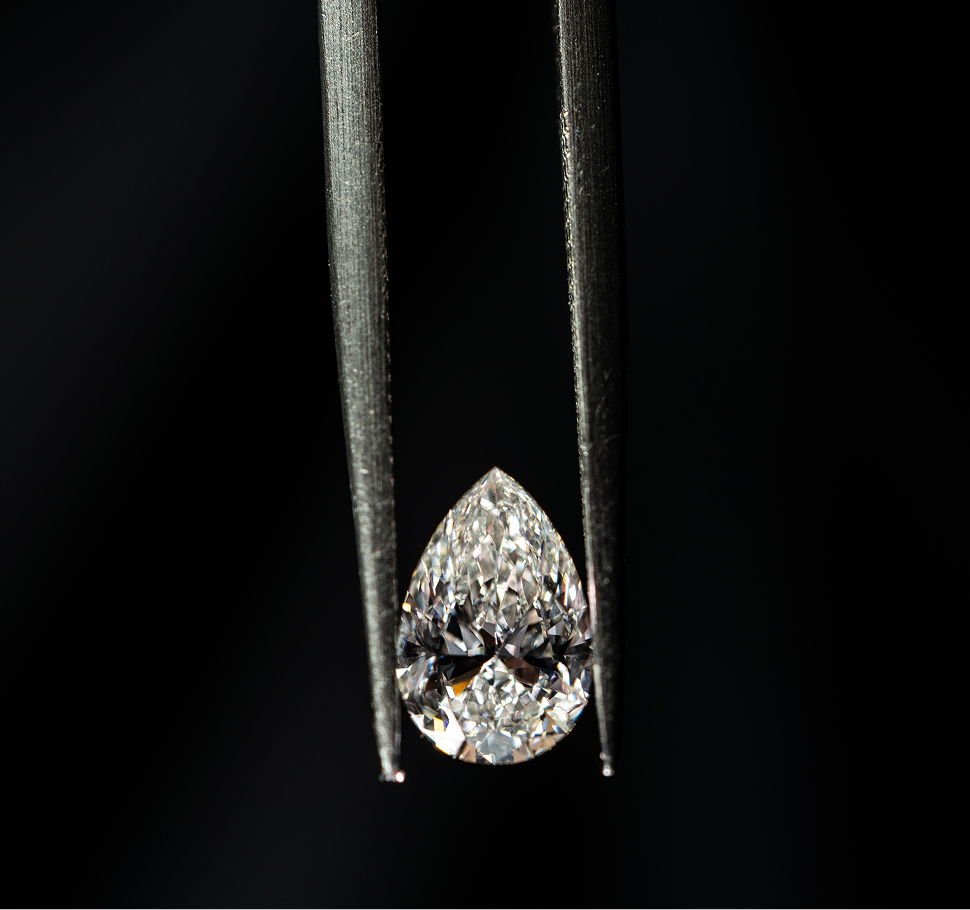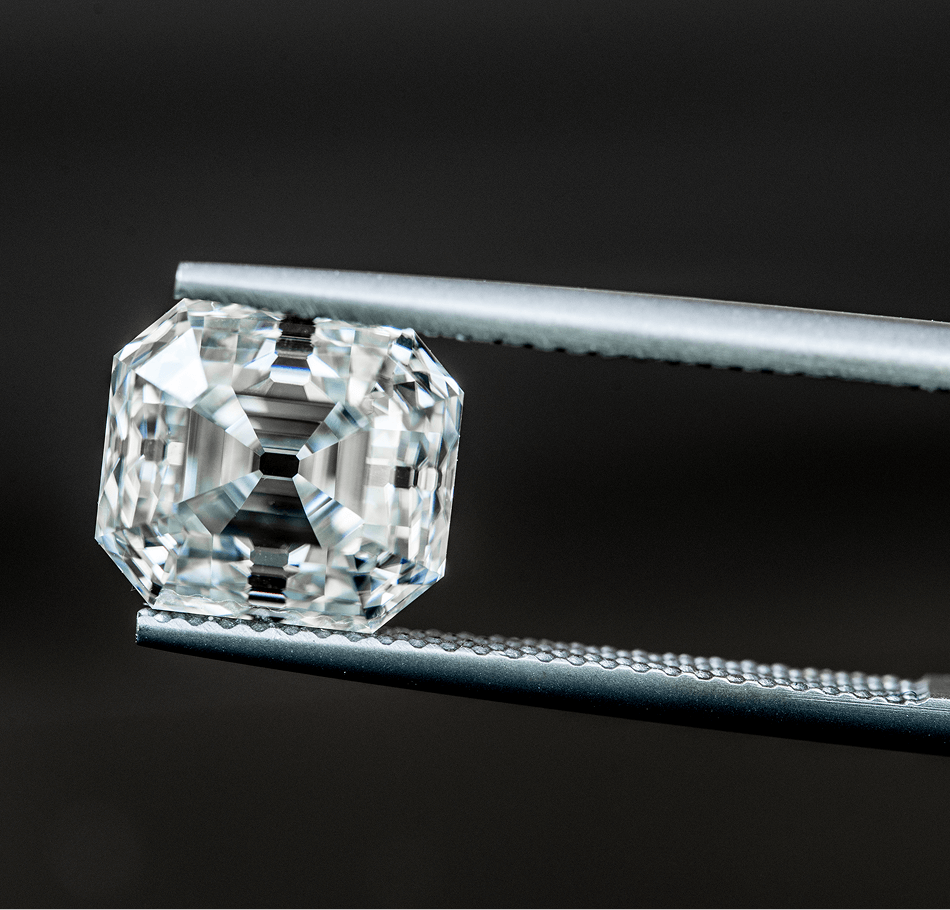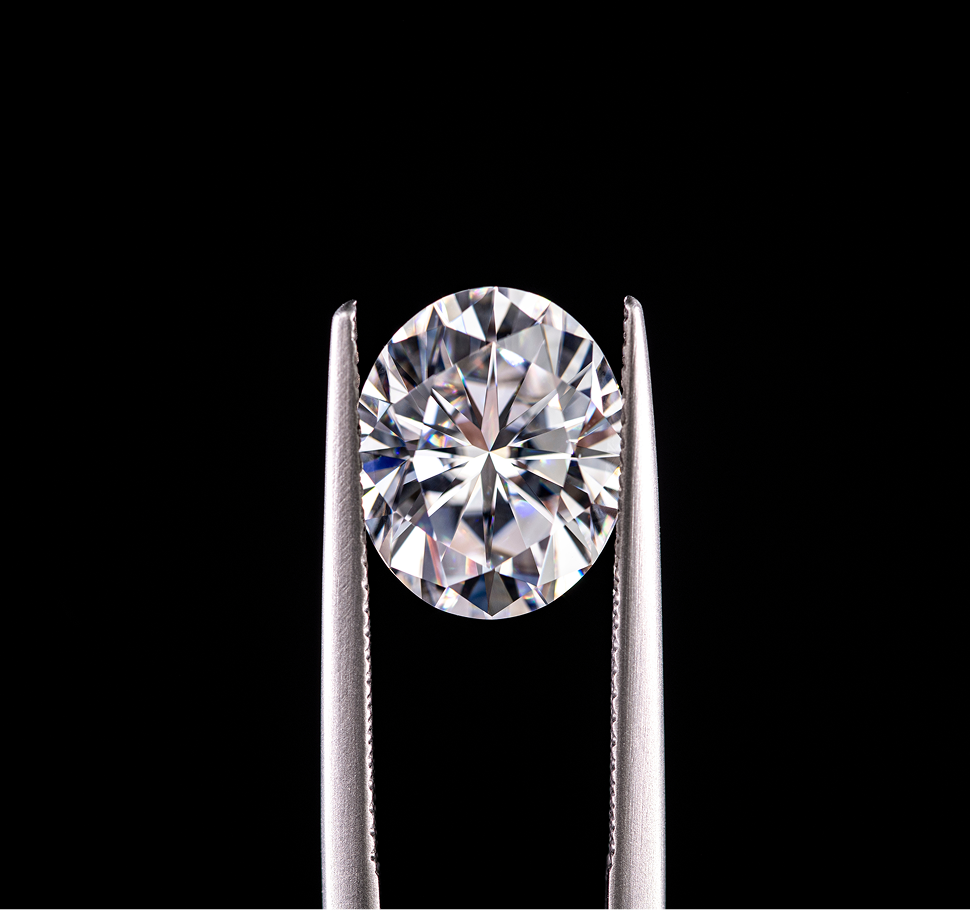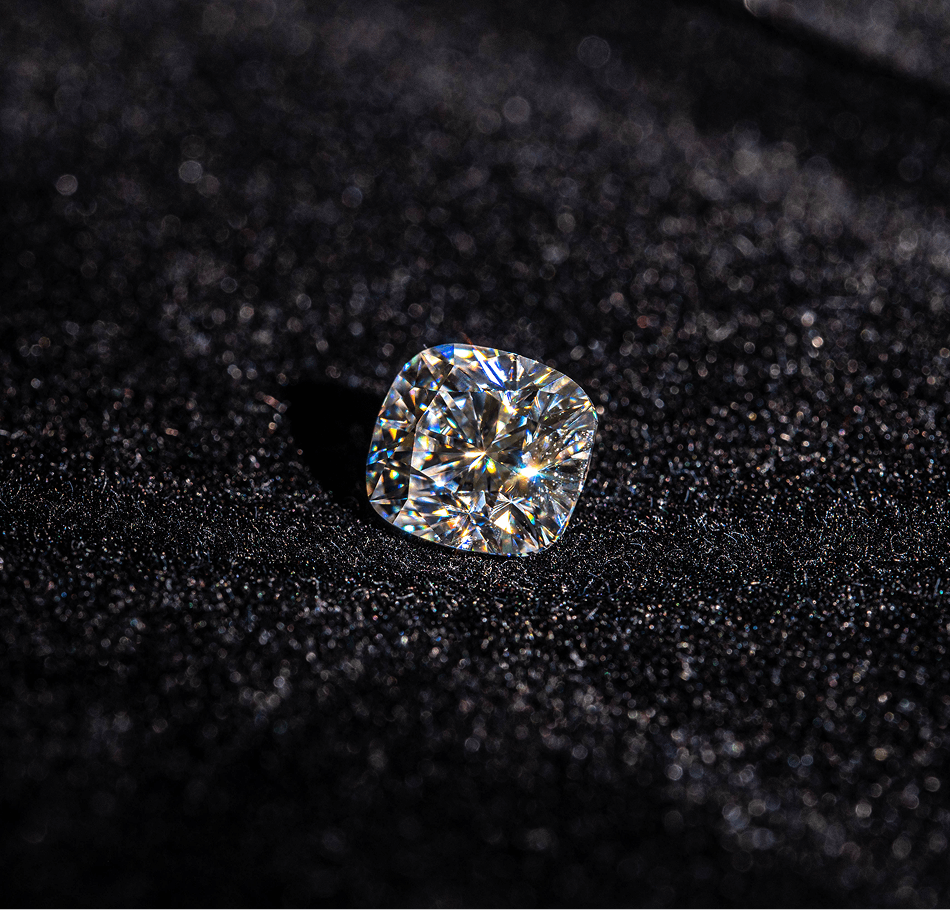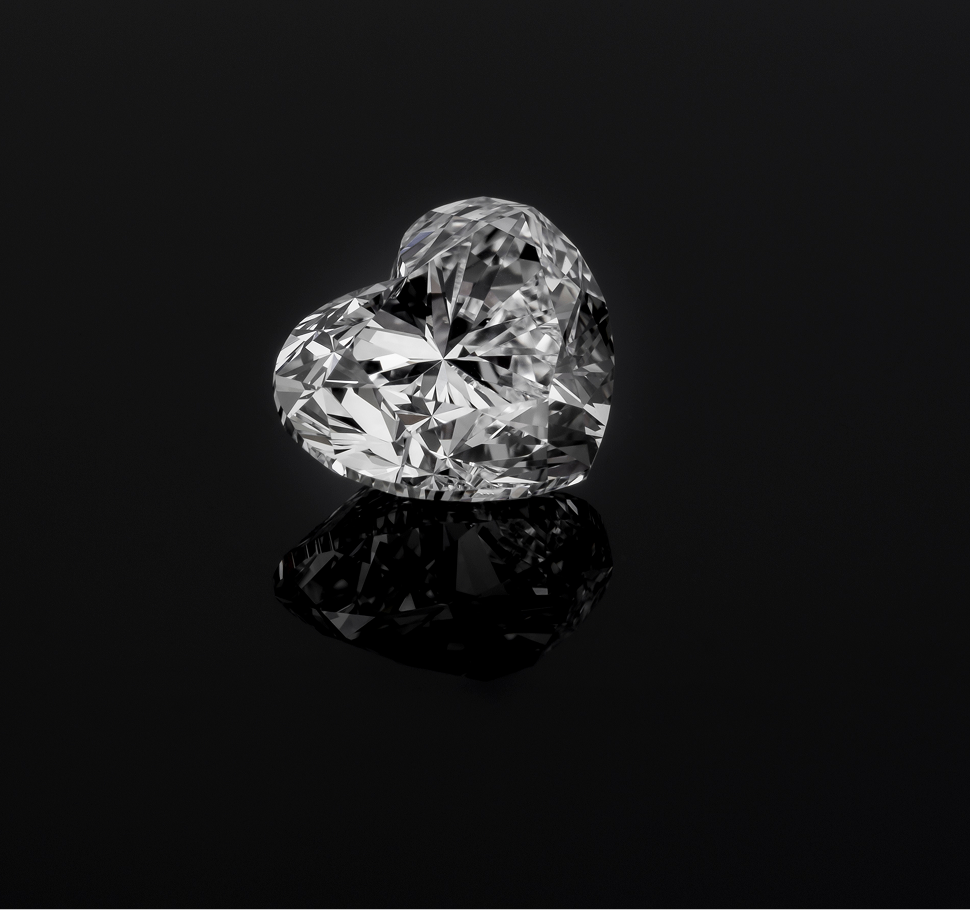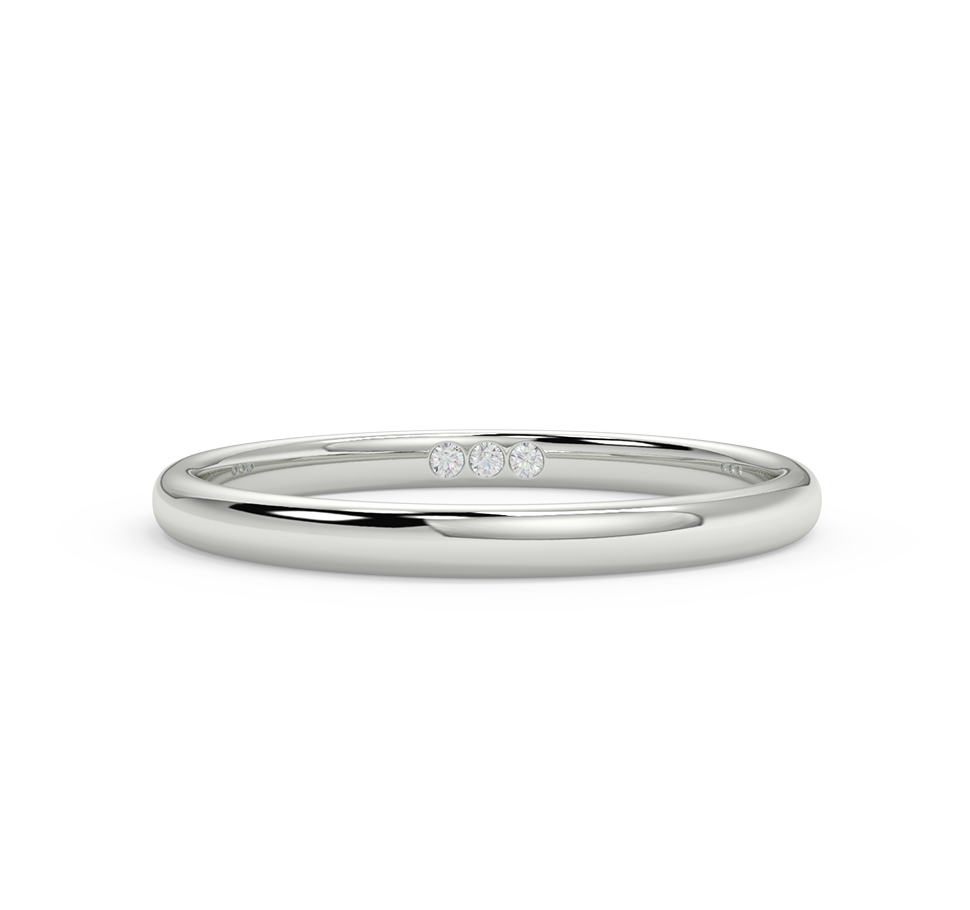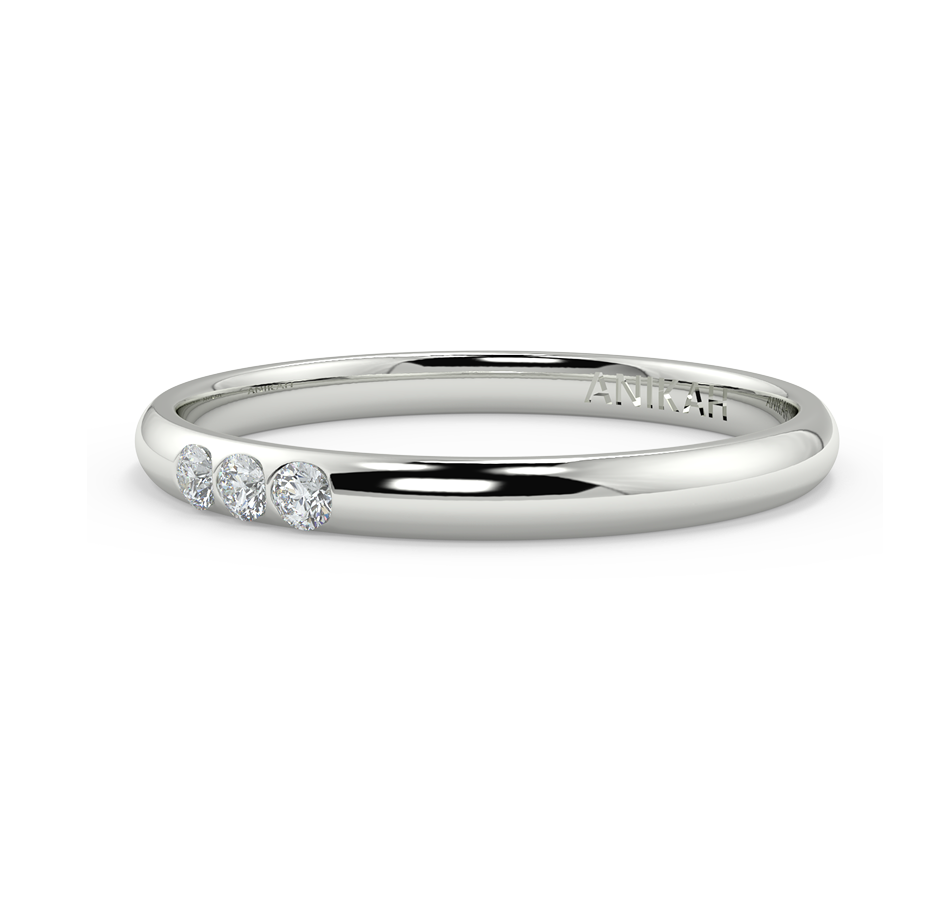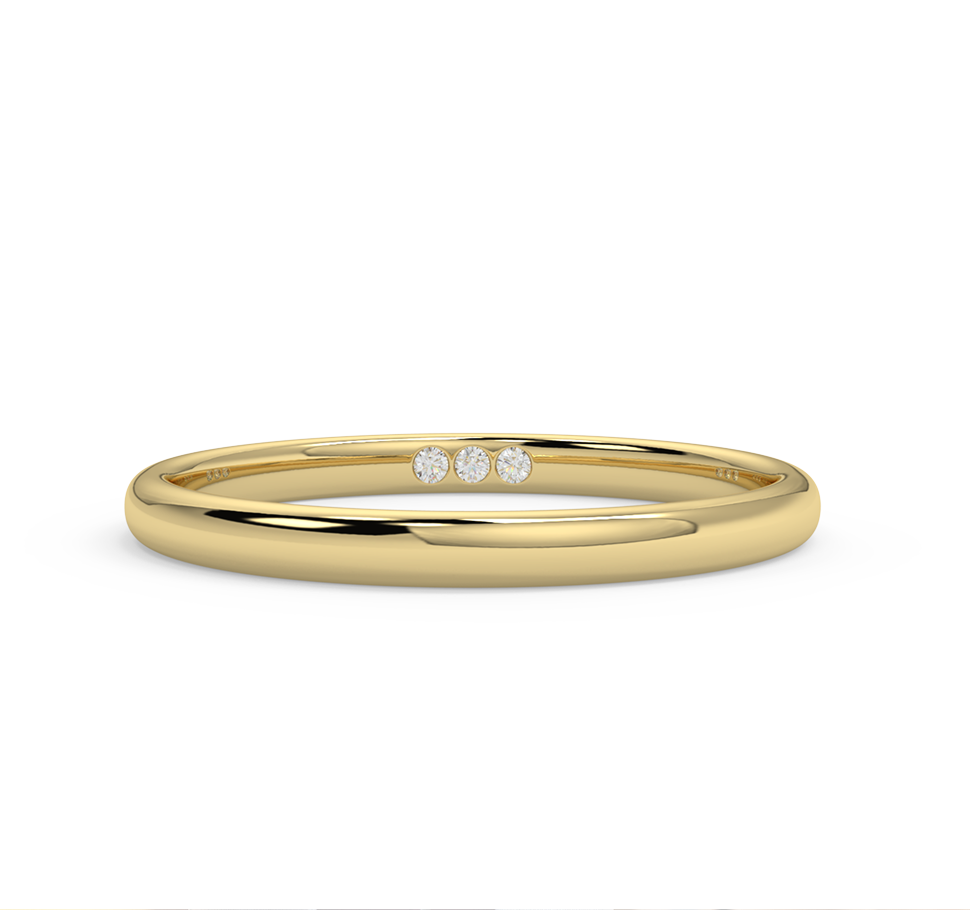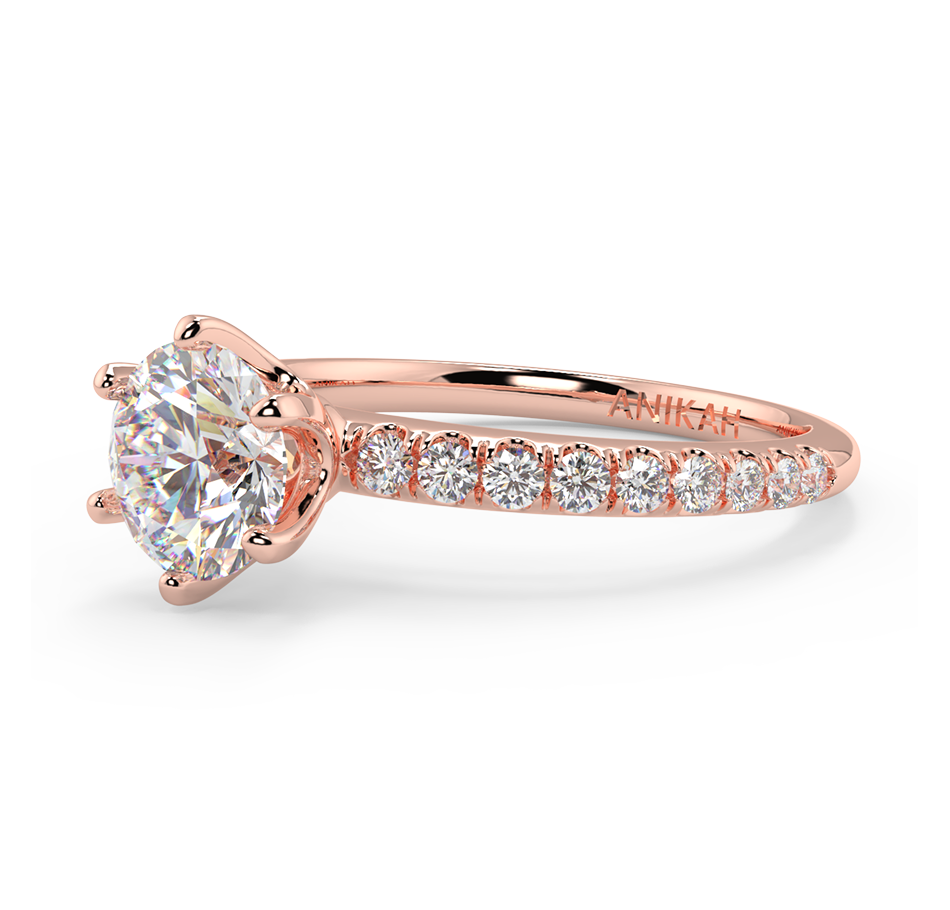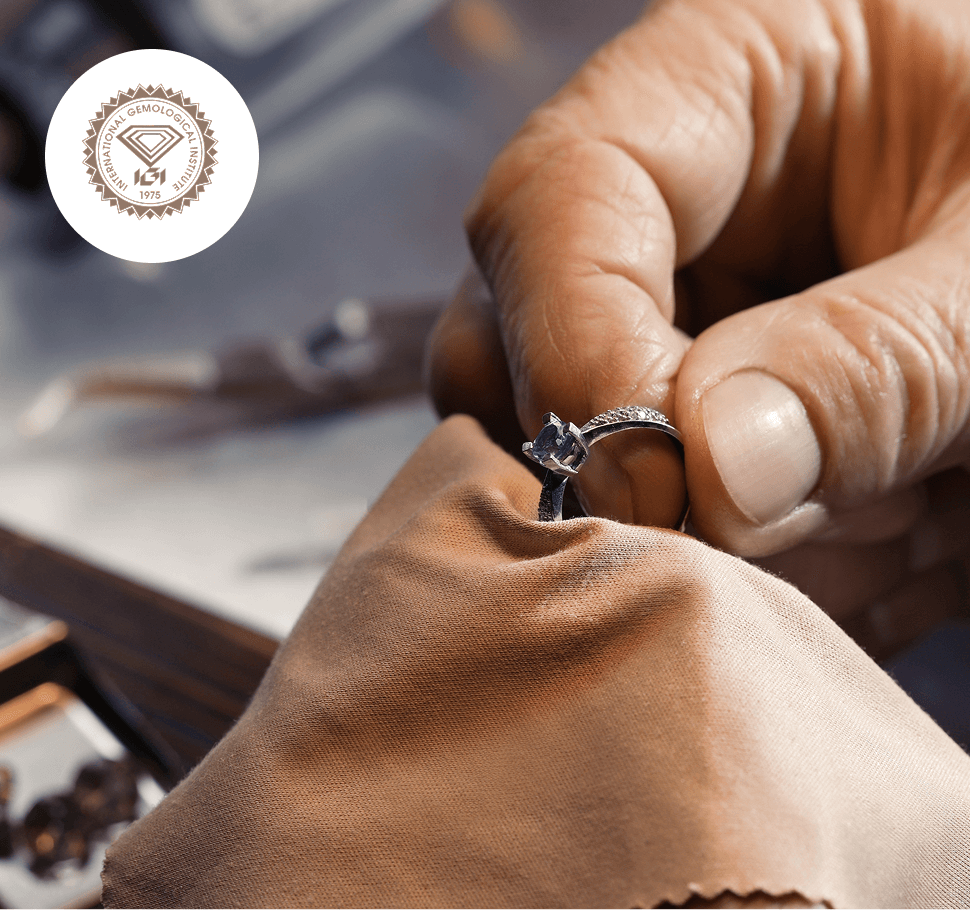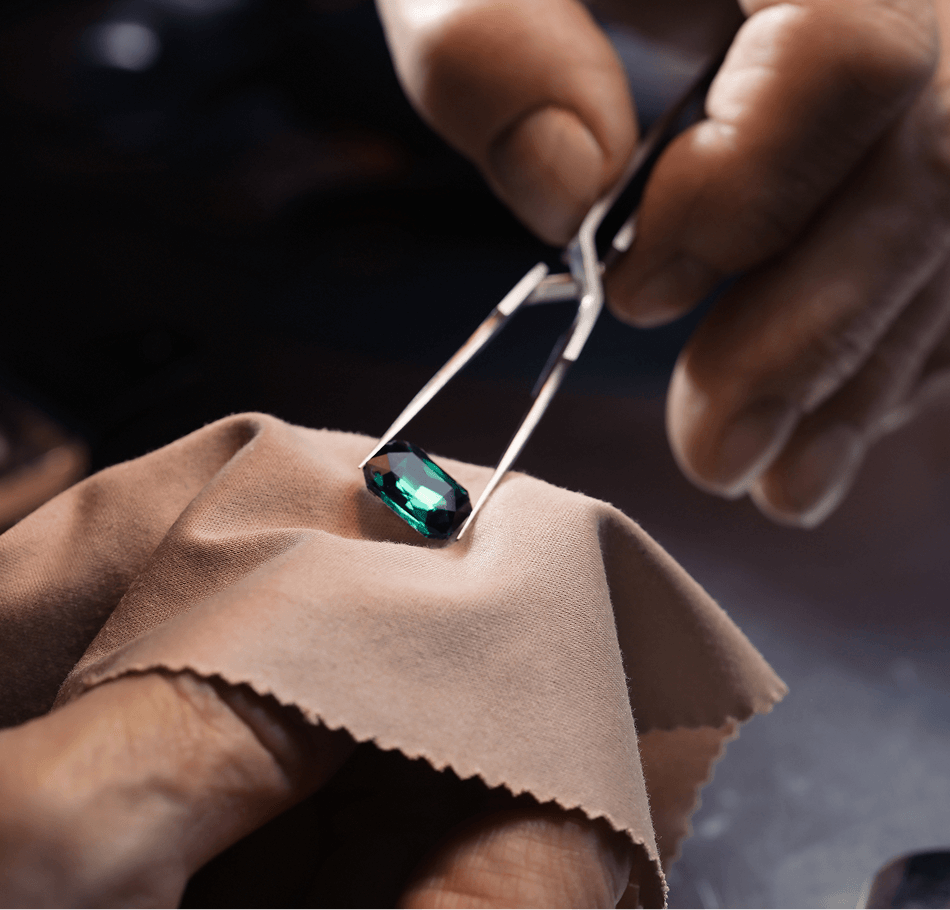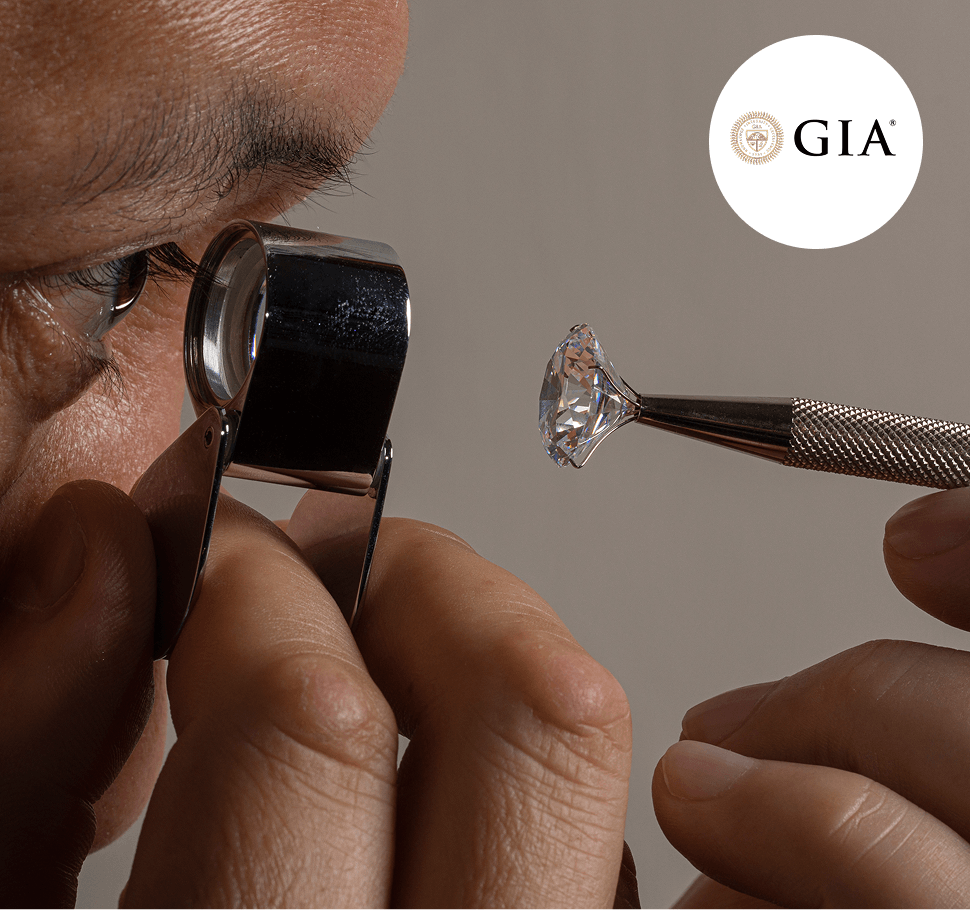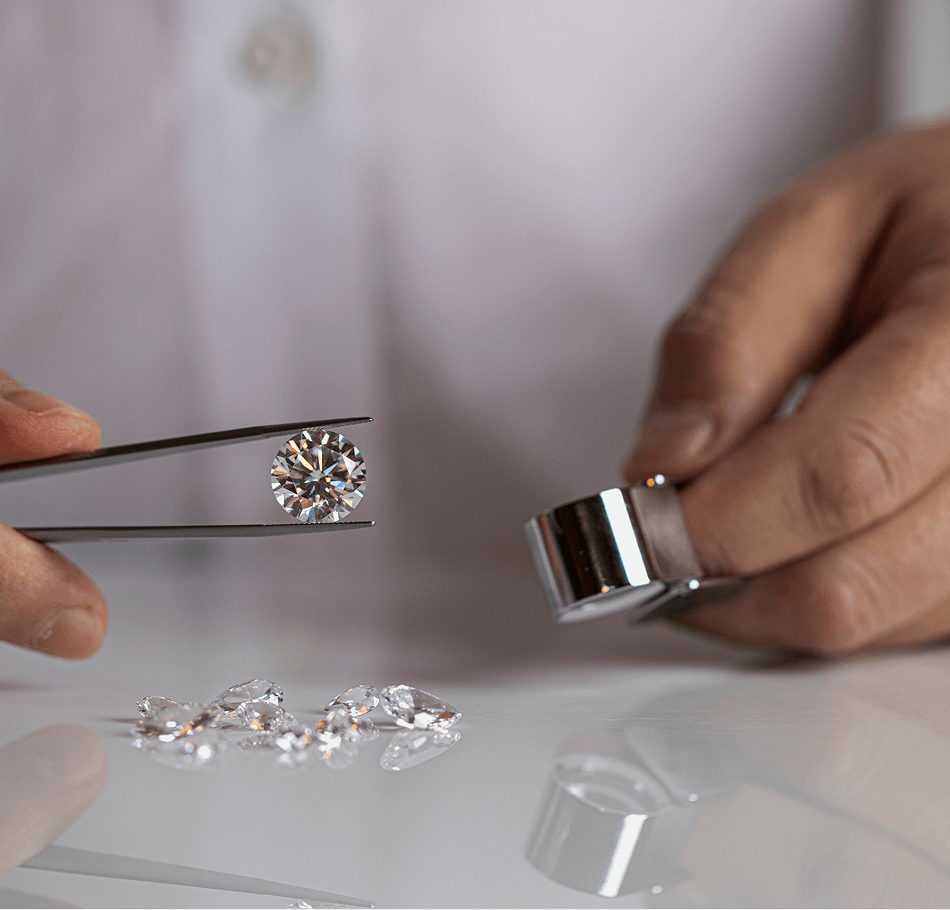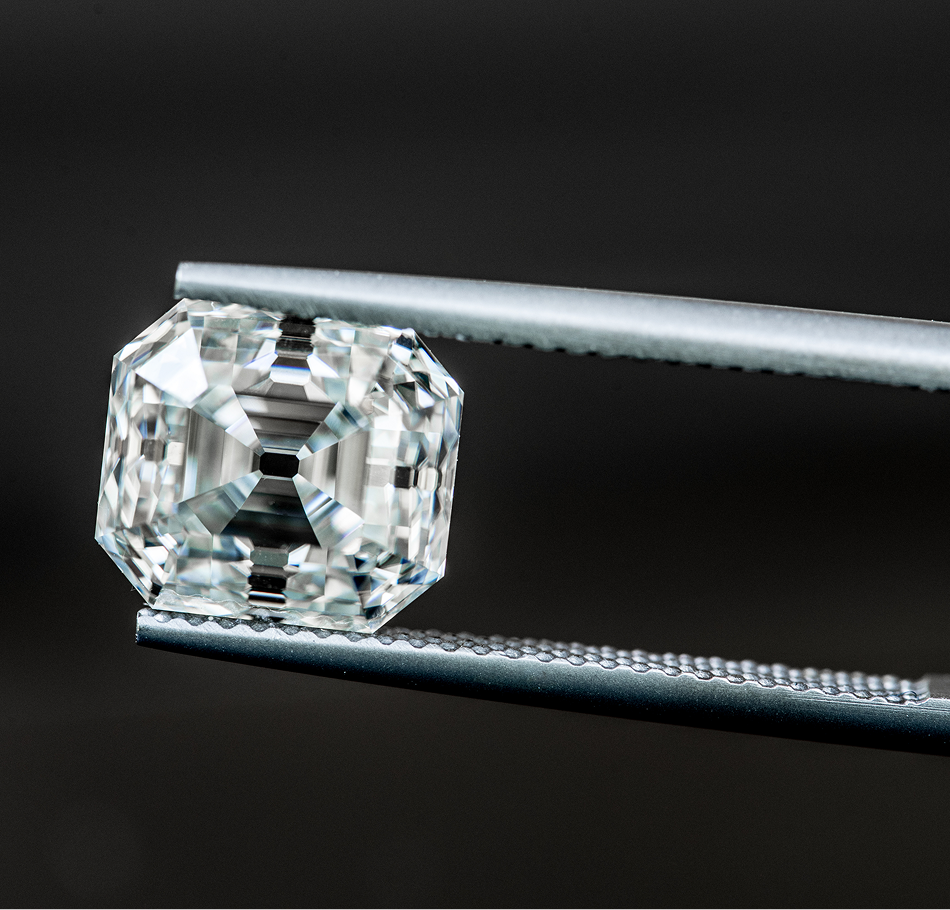Free
10-minute Discovery call
Welcome to your ultimate diamond buying guide, we’ve kept our Jewellery Knowledge section short, opting instead for a free 10-minute Anikah Diamond Call—no strings attached. Whether you’re new to diamonds or just brushing up, we’re here to answer all your questions, commitment-free.
No matter if you choose to continue with Anikah or not, our goal is to help you feel confident in your journey. Plus, you’ll receive useful resources to explore further. Anikah is all about making your experience easier, every step of the way.
DISCOVERY CALL
WHAT DO YOU WANT TO LEARN MORE ABOUT
Knowledge centre
Ethical Sourcing & The Kimberley Process
Diamonds are spectacularly unique, and their beauty should never come at the cost of conflict. At Anikah, we ensure that all our diamonds adhere to the Kimberley Process, a 2000 UN and diamond industry initiative designed to halt the trade of conflict, or blood diamonds.
The Kimberley Process unites governments, civil societies, and the diamond industry to reduce the flow of conflict diamonds worldwide. It operates through a system of warranties between buyers and sellers, ensuring ethical sourcing.
“The diamonds herein invoiced have been purchased from legitimate sources not involved in funding conflict and comply with United Nations resolutions. The seller hereby guarantees that these diamonds are conflict-free, based on personal knowledge and/or written guarantees provided by the supplier of these diamonds.”
– Kimberley Process Certification Scheme’s System of Warranties
Strengthening the Kimberley Process is essential for its continued relevance in today’s world. Real change can only happen through collaboration and commitment, which is why Anikah aligns with the UN Sustainable Development Goals to do our part.
We acknowledge that much work still needs to be done globally to eliminate unfairness, harm, and exploitation. However, at Anikah, we are committed to ethical practices, full transparency, and best-in-class sourcing standards.
All Anikah diamonds come with GIA certification and IGI accreditation, ensuring quality and ethical responsibility.
Lab-Grown Diamonds: A Sustainable Alternative
The movement to minimise harm to people and the planet has led to the rise of lab-grown diamonds—also known as cultivated, synthetic, or man-made diamonds. These diamonds are the result of man’s quest to replicate nature, and they possess the same physical, chemical, and optical properties as mined diamonds.
Because of this, lab-grown diamonds register as natural diamonds when tested. Only specialist laboratory equipment can differentiate between them. Even the most advanced gemmologists cannot tell the difference—whether by eye or under extreme magnification.
Choosing a lab-grown diamond ensures 100% transparency of its ethical origins, with 0% risk of human or environmental harm. Additionally, lab-grown diamonds are more affordable than natural, mined diamonds—allowing you to get a larger or higher-quality diamond for your budget.
All Anikah Lab-Grown Diamonds come with IGI certification, guaranteeing their authenticity and quality.
Colour
The actual colour of a diamond contributes to its brilliance. The closer a diamond is to being colourless, the higher its level of brilliance. The scale ranges from D (Colourless) to Z (Light Yellow).
Clarity
Imperfections in a diamond are called inclusions. These natural formations vary in size and are found deep within the diamond. Clarity measures how free a diamond is from flaws, with grading ranging from Flawless to Included. A diamond’s clarity level depends partly on flaws visible to the human eye and those that can only be seen under magnification.
Cut
Brilliance, fire, and scintillation—these are the hallmarks of a well-cut diamond. The cut refers to how a diamond’s facets are proportioned, which has the most significant impact on its beauty. The way light interacts with these facets determines the brightness and sparkle of the diamond. The cut is graded on a scale from Excellent to Poor.
Shape
The shape of a diamond refers to its outline and form. Each shape has unique attributes and specific cut specifications.
The most popular choice is the brilliant round diamond, known for its exceptional sparkle. However, other shapes include Oval, Asscher, Radiant, Marquise, Pear, Heart, Emerald, Cushion, and Princess, each offering a distinct aesthetic and character.
Beauty
While the 4Cs are essential for determining a diamond’s rarity and value, two diamonds with identical 4C grades can look vastly different in beauty.
At Anikah, a report alone can’t capture a diamond’s true brilliance—this can only be seen in person. Many jewellers, especially online, select diamonds solely based on their reports without visual inspection. This means the diamond you receive could be hit-or-miss. Out of ten diamonds with identical specs, only one might truly stand out.
This difference is due to factors like the position of inclusions and how the diamond refracts light—details only a trained eye can catch. At Anikah, we handpick your diamond, ensuring you get the best without leaving home. It’s the only way to find the perfect diamond for your bespoke jewellery.
About the GIA & the 4Cs
The Gemological Institute of America (GIA) was founded in 1931. Its founder, Robert Shipley, introduced an international standard in the early 1940s, now widely known as the International Diamond Grading System, or simply, the 4Cs.
When shopping for diamond jewellery, the 4Cs form the foundation of diamond grading. These represent the diamond’s colour, clarity, cut, and carat weight.
Round Brilliant Cut Diamond
This shape accounts for over 50% of all diamonds sold today.
Round is the most popular shape used for an engagement ring, and is the most versatile for the different engagement ring styles. With 58 facets carefully cut into the diamond, it achieves the maximum brilliance and offers a perfect reflection and refraction of light. The unique way that a round diamond is cut ensures the optimum movement of light through the stone which gives it the most scintillation of all the diamond shapes.
Princess Cut Diamond
The most popular of the fancy shapes, Princess Cut diamonds are also known as square cut diamonds.
As a relatively modern diamond shape, princess cut diamonds have only existed in their current form since the 1960s. These perfectly right angled shapes are essentially a square version of the round brilliant cut, and their technical name is a square modified brilliant cut. Usually cut with 57 facets, they provide exceptional sparkle and brilliance when set in an engagement ring and are a wonderful alternative to the round cut.
Emerald Cut Diamond
Originally a cut created for emerald gemstones, an emerald cut diamond is known as a step cut.
Unlike shapes such as round and princess, the unique step cuts of an emerald diamond showcase the purity and clarity of the stone. The long facets produce more dramatic flashes of light than a traditional sparkle like other shapes. The emerald cut shape is rectangular with cut corners, and is one of the most elegant and sophisticated diamond shapes. When choosing an emerald cut diamond, we recommend selecting a Clarity grade of VS2 or above.
Marquise Cut Diamond
Commissioned by Louis XIV in France, this shape was inspired by the smile of his mistress and lover.
Whilst the style originated in the 1700s, it wasn’t until the 20th century that the shape was perfected to give us the sparkle we know today. As a variation of the round brilliant cut, it features two pointed ends at the top and bottom of the stone. A marquise diamond is beautiful when used as a solitaire or when enhanced by smaller diamonds. It also helps to elongate fingers if the wearer has smaller hands.
Pear Shape Diamond
Pear shaped diamonds are often called ‘teardrop’ diamonds because of their individual shape.
In order to get the perfect pear shape, the recommended ratio of the stone is between 1.5 and 1.7. This guarantees a nice full shape that isn’t too narrow and ends with an ideal and even point. With 56 to 58 facets cut carefully into the stone to optimise the light reflection and sparkle, this diamond shape offers a wonderful option for your engagement ring. A pear shape is a little shallower than other fancy shapes, which means you will get much bigger measurements with a pear than with a round or princess cut for example – offering great value for money.
Asscher Cut Diamond
Developed by Joseph Asscher in 1902, asscher cut diamonds were a highlight of the art deco era.
It is often referred to as the ‘square emerald cut’ – because of its wide step facets and cropped corners cut to a perfect square shape. With their distinctive facet structure they highlight the natural beauty of a diamond beautifully and lend themselves better to higher qualities of diamond. At the height of the art deco era of the 1920s they really came into their own – being featured in many jewellery collections. Following the release of the film Great Gatsby in 2013, a resurgence of the stone for engagement rings began.
Oval Cut Diamond
The oval cut diamond part of the brilliant cut family elongated into an oval shape.
Since the 1960s, the modern day oval cut has been a magnificent addition to engagement rings. This elongated shape offers a wonderful spread of sparkle without blowing the budget. The alignment of its 58 facets sometimes causes a bow tie effect within the middle of the stone – an exclusive appearance only seen within an oval shaped diamond. These stunning diamonds work beautifully in a solitaire engagement ring as well as more elaborate designs like halo rings.
Cushion Cut Diamond
A square or rectangular shape with rounded corners, the cushion cut is so-called as it resembles a pillow.
Originally cut in the 19th century, it has become a firm fixture in engagement rings across the 20 years as it offers great value per carat compared to other diamond shapes. Usually comprised of 58 facets this sparkling stone can sometimes have what is known as a crushed ice effect. At Purely Diamonds, we tend to use square cushion cut stones as standard, but you can contact us directly if you’re looking for a more rectangular stone.
Heart Shape Diamond
This beautiful heart shaped diamond is considered the ultimate gesture of love and devotion.
A heart shaped diamond is usually comprised of between 56 and 58 facets, and is considered one of the most romantic choices, having been used in diamond jewellery for over 200 years, although we were first shown heart shapes as early as the 1600s. Whether set in a solitaire setting or complemented with side stones, the beauty of this stone speaks for itself and is the perfect option for those looking for a more unusual fancy shaped diamond.
Platinum
Platinum has become one of the most popular metals to be used in engagement rings and wedding rings. Platinum is a naturally white-coloured metal, meaning it will not tarnish and lose its brilliance. Platinum is also a very rare metal that is only mined in a few select areas of the world, making it a more expensive metal in comparison to Gold and Palladium. Platinum will also enhance the colour of a diamond and its natural sparkle.
Platinum is usually hallmarked at ‘950’, meaning it is 95% pure platinum with the remaining 5% usually being palladium, iridium, ruthenium, and other alloys. Platinum is also a great choice for those who have contact allergies, as the purity of the platinum reduces the likelihood of any irritation during wear. As with all metals, Platinum can scratch. However, with proper care, the wear should be minimal and can be polished again to return the metal to its original look.
18k White Gold
White gold is an incredibly popular choice of metal for engagement ring settings. It has the same overall appearance as platinum but is often said to have a brighter “white shine” and is usually less expensive. Naturally, white gold has an off-white colour with a slight yellow tint, as pure gold is typically mixed with at least one white alloy, such as palladium or magnesium. To achieve its signature brightness, white gold is plated with rhodium or iridium. However, this plating will wear over time, gradually revealing the metal’s natural yellow-tinted hue. Fortunately, white gold can be polished and replated to restore its original brilliance.
18k Yellow Gold
Yellow gold is a classic and timeless metal choice for engagement rings. Used in jewellery for thousands of years, it is known for its warm colour, which complements many skin tones, and its durability, as it is resistant to erosion. The rich hue of yellow gold comes from its composition, typically consisting of 75% pure gold mixed with alloys such as copper and zinc. Its versatility makes it a popular choice for both modern, dainty engagement ring styles and intricate vintage designs. Yellow gold is an excellent option for those seeking a ring that can be passed down through generations as a cherished family heirloom.
18k Rose Gold
Known for its bright pink hue, rose gold originally gained popularity in the 1920s, admired for its vibrant copper-pink colour. It made a major comeback in 2010, with various lighter shades appearing in different jewellery designs. The unique blush tone of rose gold is achieved by mixing gold with copper and, occasionally, silver. As our gold engagement ring mounts are 18k gold, their composition consists of 75% gold, with the remaining 25% being copper and sometimes silver to fine-tune the pink hue. A rose gold engagement ring and wedding band create a romantic and elegant set, offering a warmth and charm that not all metals can achieve.
What is IGI?
The International Gemological Institute (IGI) is a globally recognized authority specializing in grading diamonds, coloured gemstones, and jewellery. Established in 1975, IGI operates in major diamond and jewellery markets such as New York, Antwerp, Mumbai, Bangkok, and Hong Kong. Renowned for its use of advanced technology, IGI assesses and grades gemstones and jewellery, issuing detailed reports on their quality, characteristics, and value. These reports are widely used for insurance, sales, and authentication purposes. Beyond grading services, IGI also offers gemology courses, workshops, and ongoing research and innovation in the field.
What is IGI Certification?
IGI certification involves a rigorous evaluation of a gemstone or piece of jewellery, examining key aspects such as colour, clarity, cut, and carat weight. The certification process also detects any treatments or enhancements applied to the gemstone. An IGI certificate provides an objective and reliable assessment, helping buyers make informed decisions while reducing fraud by establishing a consistent standard for gemstone evaluation.
What is GIA?
The Gemological Institute of America (GIA) is a non-profit organization and the leading global authority on diamonds, coloured gemstones, and pearls. Founded in 1931 and headquartered in Carlsbad, California, GIA operates in multiple locations worldwide. Its mission is to maintain consumer trust by providing unbiased gemstone grading reports, as well as offering education and research in the gem and jewellery industry.
GIA is also renowned for developing the widely used diamond grading system known as the “4Cs” (Carat, Colour, Clarity, and Cut), which has become the global industry standard for evaluating diamonds.
What is GIA Certification?
GIA certification involves a comprehensive analysis of a gemstone’s quality using a combination of visual inspection and advanced gemological testing. The resulting GIA certificate provides detailed information on the stone’s weight, size, colour, clarity, and cut. This report is highly valuable for both consumers and professionals, offering an objective assessment that helps determine the gemstone’s authenticity, characteristics, and market value.
Hallmark
The International Gemological Institute (IGI) is a globally recognized authority specializing in grading diamonds, coloured gemstones, and jewellery. Established in 1975, IGI operates in major diamond and jewellery markets such as New York, Antwerp, Mumbai, Bangkok, and Hong Kong. Renowned for its use of advanced technology, IGI assesses and grades gemstones and jewellery, issuing detailed reports on their quality, characteristics, and value. These reports are widely used for insurance, sales, and authentication purposes. Beyond grading services, IGI also offers gemology courses, workshops, and ongoing research and innovation in the field.








